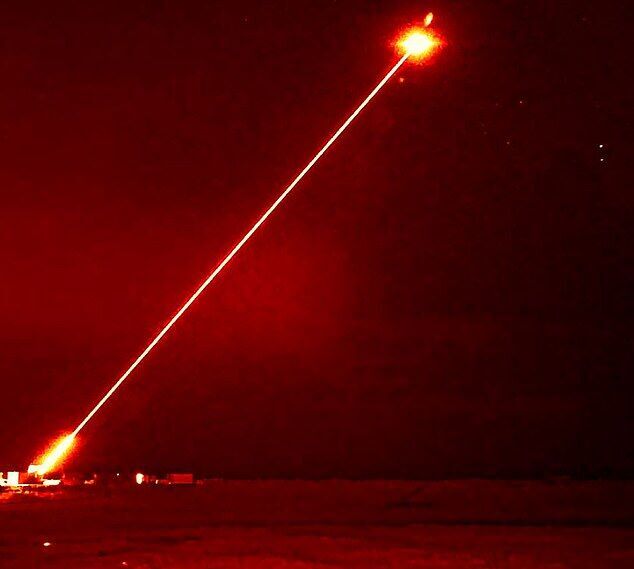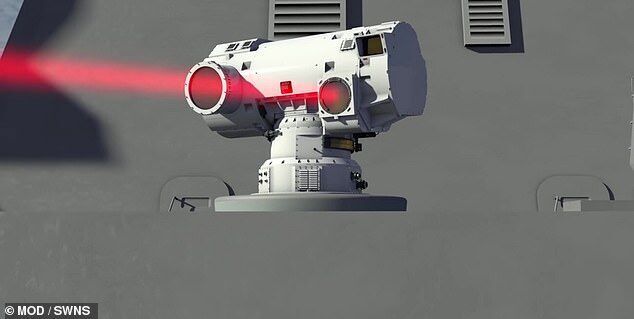
Comment: Meanwhile what's actually proving to be a problem for the UK is Yemen's drone warfare in the Red Sea.
Royal Artillery troops will test the revolutionary 'DragonFire' weaponry, which burns holes through incoming enemy ordnance, during the summer.
The sudden urgency to roll out a suite of 'directed energy weapons' follows the Kremlin's alarming effective use of Unmanned Aerial Vehicles (UAVs) in Ukraine.
British soldiers will also experiment with radio frequency weapons capable of firing magnetic pulses at enemy targets thereby cutting off their power supplies.
Last night, UK Defence Secretary Grant Shapps boasted that Britain is leading the world in the development of these breakthrough technologies.
The lasers and radio frequency weapons are expected to enter service by 2027 at the latest, several years ahead of schedule.
Royal Navy ships will also be fitted with the game-changing equipment in a move which could save hundreds of millions of pounds.
Comment: Let's not count our chickens now.
Mr Shapps said: 'We are developing these weapons at a speed and to a level that other countries are unlikely to be replicating.
'This is so cutting edge and we are years ahead. There is a major conflict going on in Europe and we have weapons which could make a major difference, likewise in the Red Sea.
'2027 is ahead of schedule but we will be looking to speed that up because there's a war on. On land and on ships, the potential is very positive.
'With an eye on the money, the laser capability cost around £10 each time it is used, so that is a lot cheaper than missile defence systems.
'That should eliminate the advantage Russia has held in Ukraine, whereby its cheap to produce drones have been shot down by very expensive defence missiles which are in finite supply.'
Comment: Considering how Russia is at the forefront of innovation it's highly likely it will have factored this 'death ray' into its plans.
Mr Shapps was speaking on a visit to the Porton Down military research hub in Wiltshire where the technologies are being developed.
The range of the lasers is strictly classified, but the beams burn through their targets at a temperature of 3,000 degrees Celsius and take just one second to destroy drones. MoD bosses previously said they are capable of hitting an object the size of a £1 coin from a distance of 0.6 miles (1 km).




Comment: Whatever could go wrong?